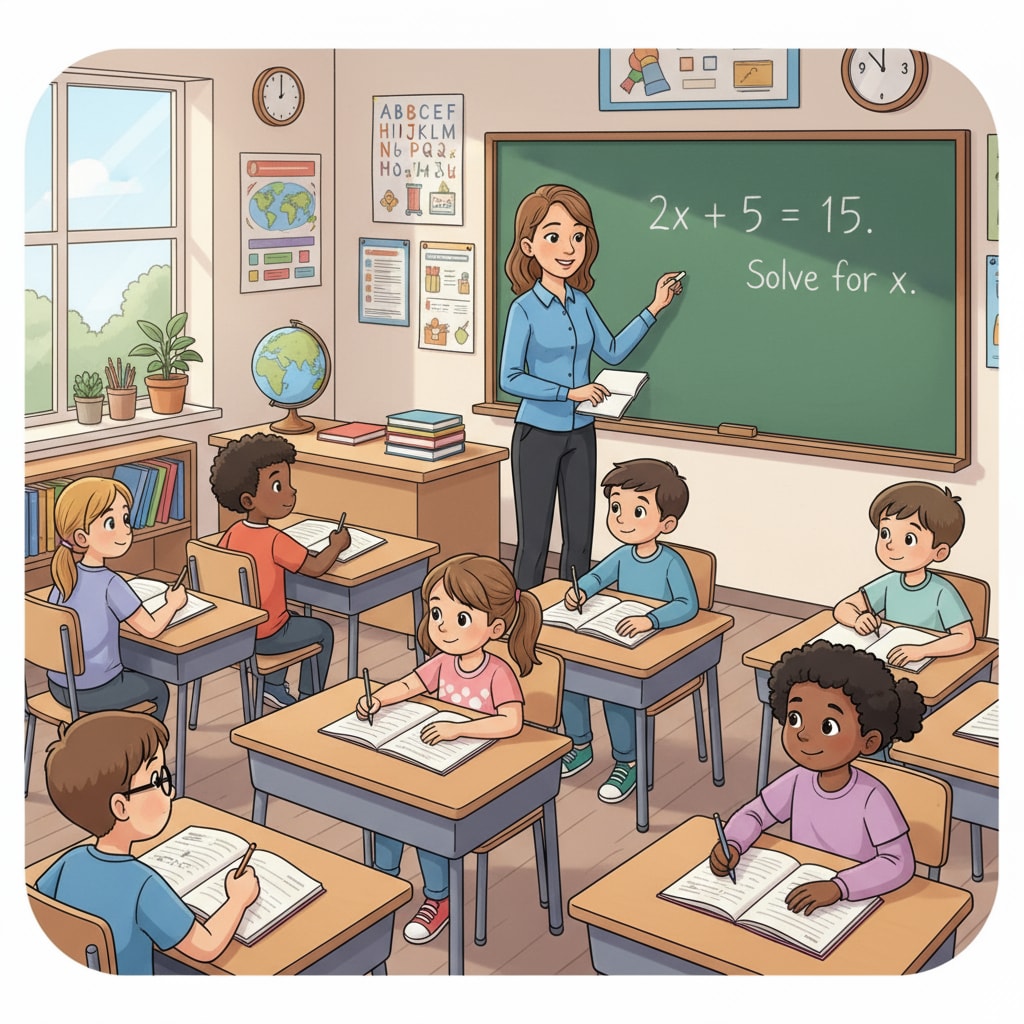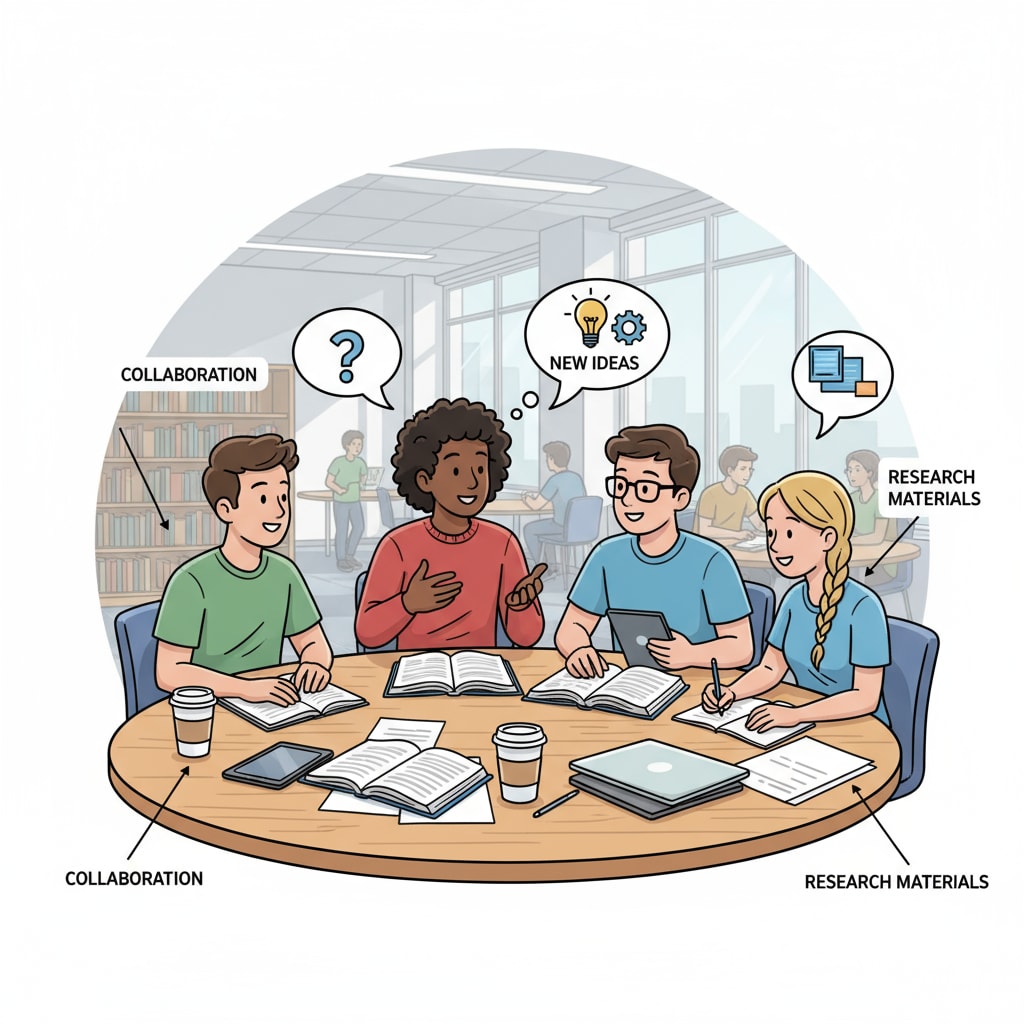In the realm of education, the choice between traditional and modern teaching methods, along with the integration of technology, significantly impacts learning outcomes. As educators strive to provide the best education for students in K12 settings, understanding the nuances of these approaches is crucial.

The Allure of Traditional Teaching Methods
Traditional teaching methods have long been the cornerstone of education. For example, face-to-face lectures allow teachers to directly convey knowledge to students. According to Britannica, this direct interaction can create a sense of structure and discipline in the classroom. Moreover, textbooks, a staple of traditional teaching, provide a comprehensive and organized source of information. They offer a stable foundation for students to build their knowledge. Group discussions in a traditional setting also encourage students to share ideas and learn from their peers.

The Rise of Modern Teaching Methods
Modern teaching methods, on the other hand, are revolutionizing education. Technology plays a pivotal role here. Online learning platforms, for instance, offer flexibility in terms of time and location. Students can access courses at their convenience, as stated on Wikipedia’s e-learning page. Interactive multimedia resources such as videos, animations, and simulations make learning more engaging. These tools can cater to different learning styles, enhancing the overall learning experience. Project-based learning is another modern approach that encourages students to apply their knowledge in real-world scenarios, fostering critical thinking and problem-solving skills.
However, modern methods also have their challenges. The over-reliance on technology may lead to a lack of face-to-face interaction, which is essential for some students’ social and emotional development. Additionally, not all students have equal access to the necessary technological devices and a stable internet connection.
Integrating Technology for Enhanced Learning
To maximize learning outcomes, integrating technology into teaching is essential. For example, teachers can use educational apps to supplement classroom instruction. These apps can provide additional practice, quizzes, and games to reinforce learning. Smartboards in the classroom allow for more dynamic presentations, combining text, images, and videos. Online assessment tools can also provide instant feedback to students, helping them identify areas for improvement.
In addition, virtual reality (VR) and augmented reality (AR) are emerging technologies that have the potential to transform education. VR can create immersive learning environments, allowing students to explore historical events, scientific phenomena, or even travel to different parts of the world. AR can overlay digital information on the real world, making learning more interactive and tangible.
The Quest for the Hybrid Optimal Teaching Model
Instead of choosing between traditional and modern methods, educators should aim for a hybrid approach. This could involve using traditional lectures to introduce key concepts and then leveraging modern technology for further exploration and reinforcement. For example, after a lecture on a scientific topic, students can use online simulations to conduct virtual experiments. Group projects can be a combination of in-class discussions and online collaboration tools.
To create a hybrid optimal teaching model, educators need to consider the learning needs and preferences of their students. Some students may thrive in a more traditional setting, while others may benefit more from modern, technology-driven approaches. By combining the best of both worlds, educators can create a rich and engaging learning environment that promotes better learning outcomes.
Readability guidance: This article uses short paragraphs and lists to summarize key points. Each H2 section provides relevant details. The proportion of passive voice and long sentences is controlled, and transition words are used throughout to enhance readability.


